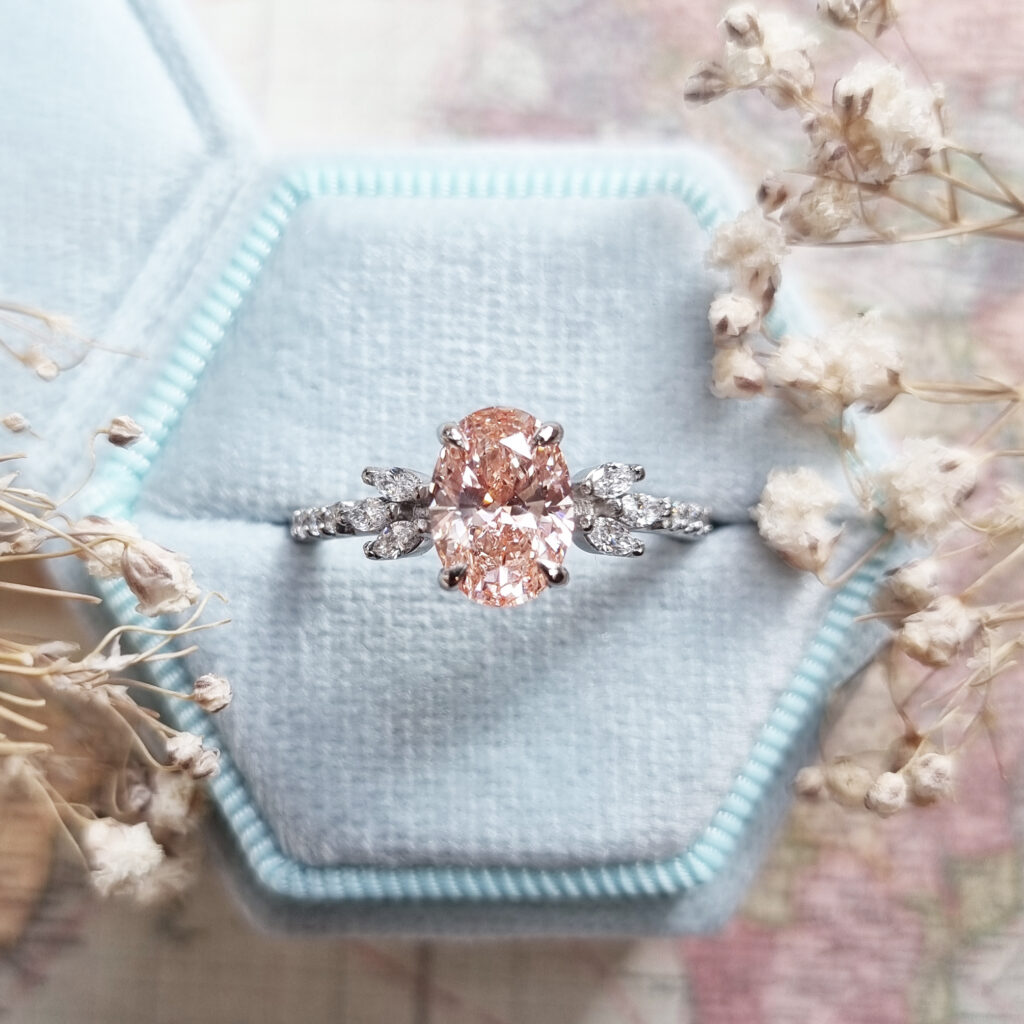In the ever-evolving world of jewelry, one question continues to resonate among consumers and enthusiasts alike: Are diamonds #1 question real? This inquiry not only addresses the authenticity of these stunning gemstones but also encapsulates broader discussions about their value, ethics, and environmental impact. In this comprehensive exploration, we will delve into the characteristics of lab-made diamonds, compare them with natural diamonds, and consider the factors that influence their growing popularity.
Understanding Lab-Made Diamonds
Lab-made diamonds, often referred to as synthetic diamonds or man-made diamonds, are real diamonds that are created in controlled environments using advanced technological processes. Unlike their natural counterparts, which form over millions of years deep within the Earth’s crust, lab diamonds can be produced in a matter of weeks.
The Creation Process
There are two primary methods used to create lab-made diamonds: High Pressure High Temperature (HPHT) and Chemical Vapor Deposition (CVD).
The HPHT method simulates the high-pressure and high-temperature conditions found in nature. Carbon is subjected to extreme heat and pressure, leading to the crystallization of diamond. The result is a diamond that is virtually indistinguishable from one that has formed naturally.
The CVD technique involves introducing carbon gases into a chamber, where they are deposited onto a substrate, forming diamond layers. CVD diamonds tend to be more common in the market due to their efficiency and ability to create larger diamonds.
Physical and Chemical Properties
Lab-made diamonds share the same physical and chemical properties as natural diamonds. Both types consist of carbon atoms arranged in a crystal lattice structure, resulting in similar hardness, refractive index, and brilliance. In fact, a gemologist using specialized equipment would struggle to differentiate between the two without the aid of advanced testing methods.
The Ethical Perspective
In recent years, consumers have become increasingly conscious of the ethical implications surrounding diamond sourcing. Traditional diamond mining is often linked to environmental degradation and human rights violations, particularly in regions affected by conflict.
Lab-made diamonds present a more sustainable alternative. They require significantly less land disturbance and water usage compared to mining. Additionally, the controlled environment reduces the carbon footprint associated with diamond production. Choosing lab-made diamonds aligns with the growing demand for sustainable and ethically sourced products, making them an appealing choice for environmentally conscious consumers.
Comparing Value: Lab-Made vs. Natural Diamonds
When it comes to pricing, lab-made diamonds often come at a lower cost compared to natural diamonds. This price difference is primarily due to the reduced production costs and the absence of mining-related expenses. Consumers can often acquire a larger or higher-quality diamond for the same budget when choosing lab-made options.
However, the value of diamonds is also influenced by factors such as perceived rarity and market demand. While lab-made diamonds are becoming more accepted, some consumers still view natural diamonds as more desirable due to their unique origin stories and historical significance.
Market Trends and Consumer Preferences
As awareness of lab-made diamonds grows, so does their acceptance in the jewelry market. Many leading retailers have begun to offer a wide selection of lab-made diamonds, catering to a diverse range of consumer preferences.
Younger generations, particularly millennials and Gen Z, are driving this shift towards lab-made diamonds. Their values often align with ethical consumption and sustainability, making lab-made diamonds an attractive option. As a result, we are witnessing a significant increase in demand, which is expected to continue in the coming years.
Conclusion: The Future of Lab-Made Diamonds
As we move forward, the question of whether lab made diamonds are “real” will likely evolve. With their ethical advantages, comparable quality, and lower prices, lab-made diamonds are poised to challenge traditional perceptions of luxury and value in the diamond industry.
